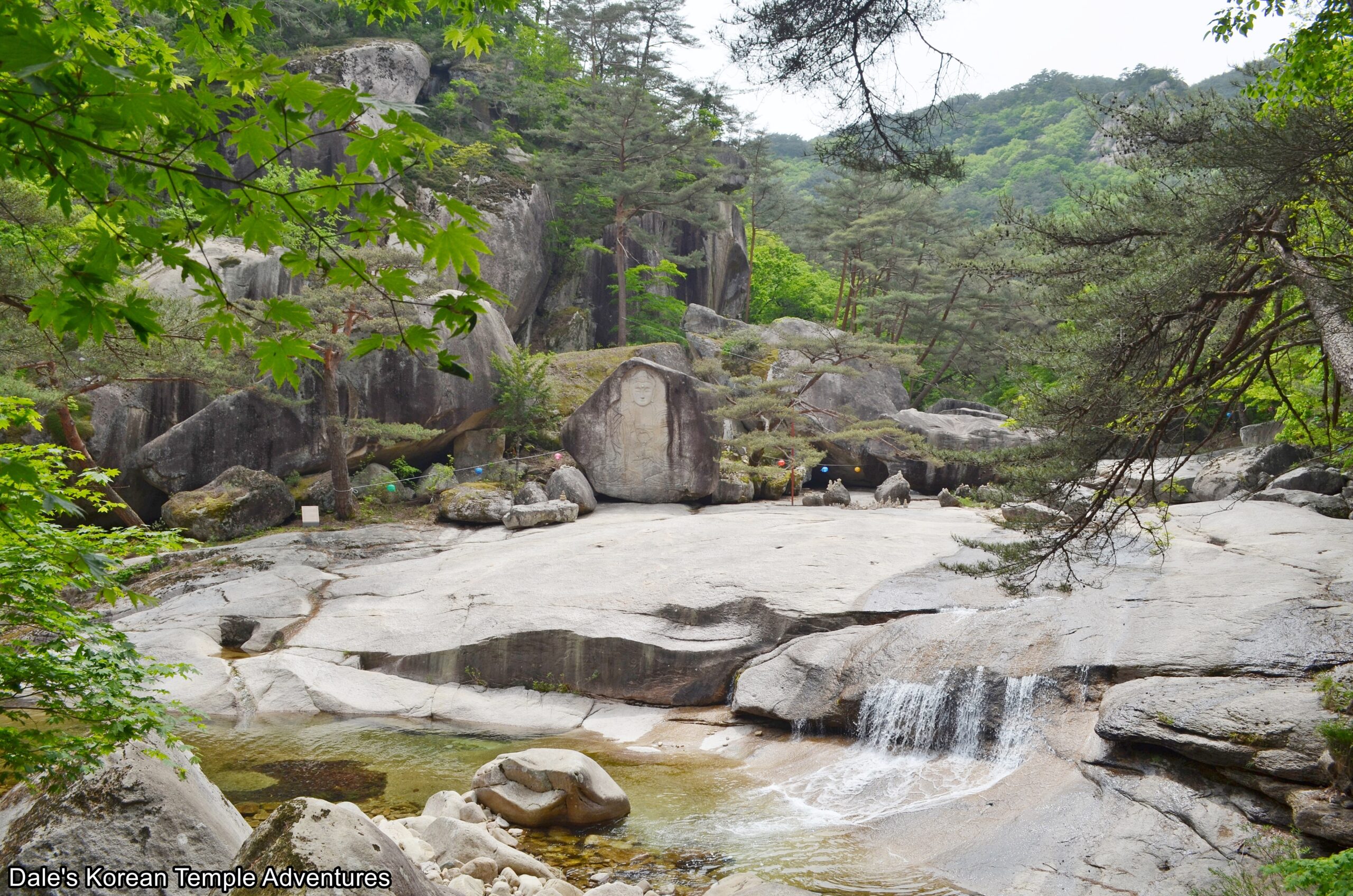
Temple History
Bongamsa Temple is located to the south of Mt. Huiyangsan (996.4 m) in northwestern Mungyeong, Gyeongsangbuk-do. Bongamsa Temple was first founded in 879 A.D. by the monk Jijeung (824-882 A.D.), who was also known as Doheon-guksa. Bongamsa Temple was the main temple of the Huiyangsan School, which was one of the nine branches of Korean Seon Buddhism known as the “Seonjong Gusan – Nine Mountain Seon Sects.” These Seon sects were established at the end of the Silla Dynasty (57 B.C. – 935 A.D.) and the start of the Goryeo Dynasty (918-1392).
It’s believed that the temple was named Bongamsa Temple in 881 A.D. by King Heongang of Silla (875-886 A.D.). This name originally came from a story about how at the time of the temple’s construction, there was a cliff named Gyeam, which means “Rooster’s Cliff” in English. This cliff is located in the Baekundae Valley, which is part of Mt. Huiyangsan. According to this story, a rooster crowed every dawn helping to inform people of the time of day. This rooster was considered to be a phoenix, so the temple was named Bongamsa Temple, which means “Phoenix Cliff/Rock Temple” in English.
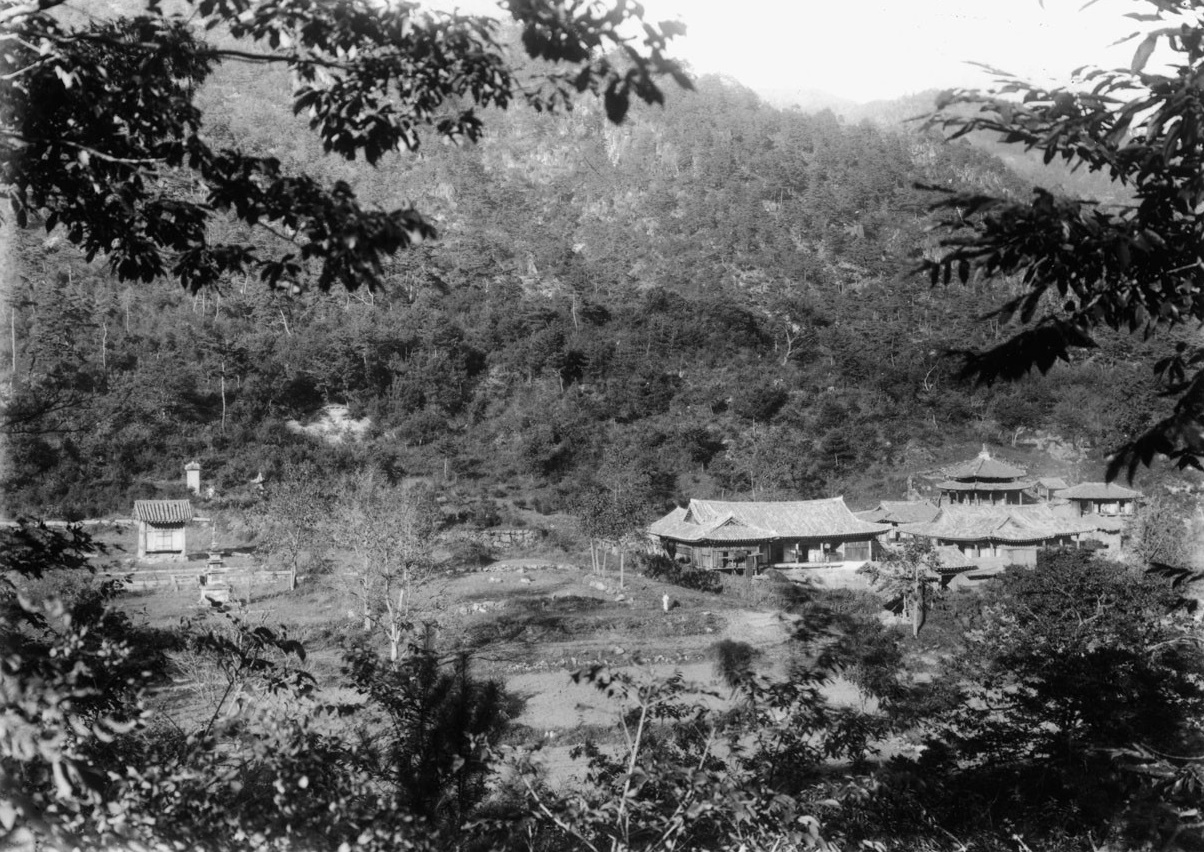
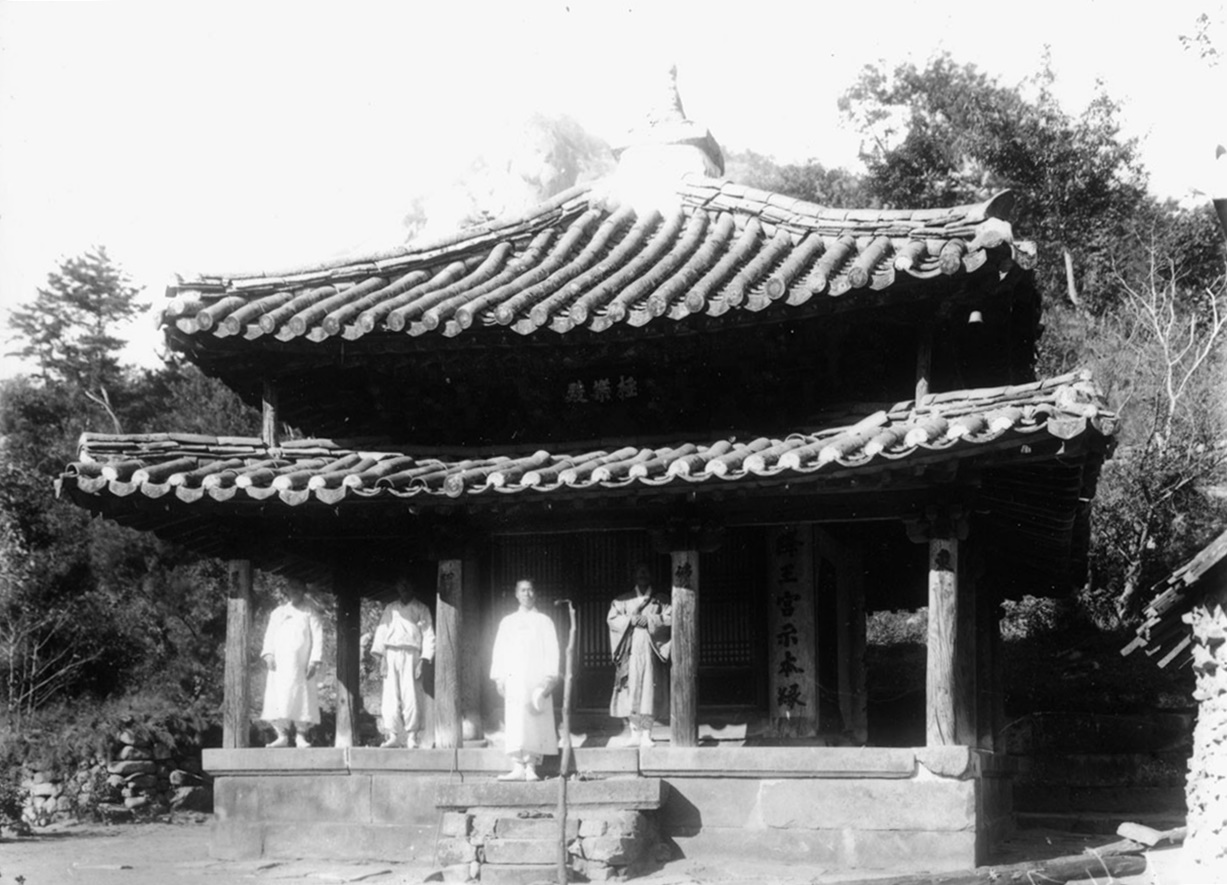
According to an 18th century survey of the names and locations of Buddhist temples in Korea, King Gyeongsun of Silla (927-935 A.D.), who was the last ruler of the Silla Kingdom, took refuge at the temple inside the Geukrak-jeon Hall, while escaping the enemy’s advancing army. Shortly thereafter, all of the buildings at Bongamsa Temple were destroyed by fire except for the Geukrak-jeon Hall.
The temple was later rebuilt in 935 A.D. by the monk Jeongjin-guksa. In 1431, the temple underwent a renovation overseen by the monk Gihwa. The temple was partially destroyed during the Imjin War (1592-98) and rebuilt, once more, in 1674 by the monk Sinhwa. The current shrine halls at Bongamsa Temple were rebuilt in 1915 after a 1907 fire. In 1955, the temple was restored to its present condition.
In addition to all of this history, Bongamsa Temple also played an important role in the contemporary history of Korean Buddhism, as well. In October, 1947, the monks of this temple formed the Bongamsa Gyeolsa, which means “Phoenix Rock/Cliff Temple Association” in English. And in the following three years, attempts were made to reform Korean Buddhism under the slogan, “Let’s live according to the Buddha’s teachings.” Beginning in the early 1970s, more monks started coming to the temple, and in June, 1982, the Jogye Order of Korean Buddhism designated Bongamsa Temple as a special temple. As of 1986, worshippers and visitors can only visit Bongamsa Temple on Buddha’s Birthday.
In total, Bongamsa Temple is home to seven hermitages that include Dongam Hermitage, Hyuhyuam Hermitage, Baekundae Hermitage, Baengnyeonam Hermitage, Hwanjeokdae Hermitage, Wolbongtogul Hermitage, and Yongchuam Hermitage.
In total, Bongamsa Temple is home to one National Treasure and seven additional Korean Treasures. The National Treasure is the “Stele of Buddhist Monk Jijeung at Bongamsa Temple.”
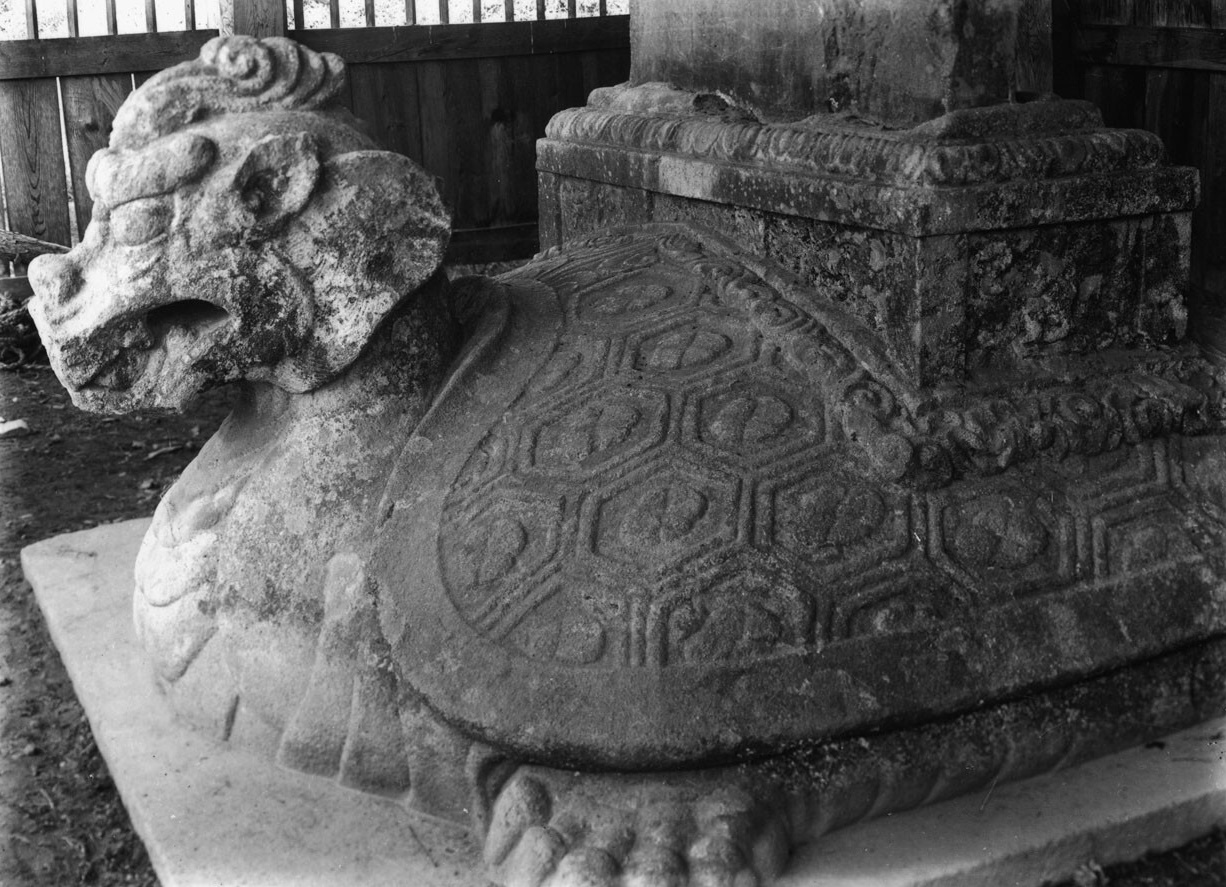
Temple Layout
From the entry of the temple grounds, you’ll make your way up the temple road for about a kilometre next to a meandering stream and Mt. Huiyangsan off in the distance. Eventually you’ll come to a fork in the road. To the left, and on the other side of the stream, you’ll find the temple Iljumun Gate. It’s unknown when this entry gate was first built; however, it’s assumed to have been rebuilt some time in the 18th century. It’s the second oldest structure at the temple after the Geukrak-jeon Hall, which is presumed to have been built in the middle of the Joseon Dynasty (1392-1910). At the base of the structure are wooden panels, leading up to support beams that bookend the central pillar. The exterior is adorned with dancheong colours, and the Iljumun Gate is Gyeongsangbuk-do Cultural Heritage Material # 591.
Retracing your steps, and now on the north side of the stream, you’ll find a collection of buildings that include the Wonno-seonwon, as well as a wooden pavilion that houses the “Stele of Buddhist Monk Jeongjin at Bongamsa Temple,” which is Korean Treasure #172. This stele is dedicated to the monk Jeongjin (878-956 A.D.). It was first erected in 965 A.D. Jeongjin was an active monk at the end of Unified Silla (668-935 A.D.) and the start of the Goryeo Dynasty (918-1392). He would study in Tang China (618–690, 705–907 A.D.) for 25 years before eventually returning to the Korean Peninsula in 924 A.D. Additionally, he was an influential figure on three early Goryeo Dynasty Kings that included King Taejo of Goryeo (r. 918-943 A.D.), King Hyejong of Goryeo (r. 943-945 A.D.), and King Jeongjong of Goryeo (945-949 A.D.). The stele consists of a main body stone, a tortoise-shaped pedestal, and a capstone. Overall, the stele is simple in its overall style.
If you follow the trail to the north of the “Stele of Sanbong-daesa,” you’ll find a collection of additional stele and stupas. The most prominent of these stone artifacts is the “Stupa of Buddhist Monk Jeongjin at Bongamsa Temple,” which is Korean Treasure #171. Like the neighbouring stele, this stupa was erected in 965 A.D. to commemorate the monk Jeongjin. The stupa is octagonal in shape, and it consists of a base, a main body, and a capstone. The body of the stone structure is adorned with reliefs of flowers, clouds, dragons, and lotus flower designs. The octagonal body stone is adorned with pillar patterns, while the front face of the stone is engraved with a lock design. Only the lotus bud ornament still remains of the original finial. The stupa imitates the style of the “Stupa of Buddhist Monk Jijeung at Bongamsa Temple” but with less finesse.
Making your way back down the hillside, and towards the large collection of buildings, you’ll first encounter the administrative office at Bongamsa Temple. It’s to the west of this structure, and between a pair of monks’ dorms, that you’ll find the historic Geukrak-jeon Hall. The Geukrak-jeon Hall resembles a pagoda with its two-story structure. However, it’s a single-story structure that’s meant to resemble a pagoda with its four square sides and veranda on all four sides. The exterior walls are adorned with beautiful dancheong colours and murals of lotus flowers and magpies. Entering the Geukrak-jeon Hall, you’ll find a solitary image of Amita-bul (The Buddha of the Western Paradise) on the main altar. Also of interest inside the Geukrak-jeon Hall is a sign that reads “Eopil-gak,” which means that the shrine hall houses a work handwritten by the king. The Geukrak-jeon Hall is one of the oldest temple shrine halls in Korea, which retains features of early temple architecture. But based upon its location and appearance of the current Geukrak-jeon Hall, it was most likely rebuilt sometime in the mid-to-late Joseon Dynasty. But the base and foundation of the structure are much older, possibly even dating back to the Goryeo Dynasty. Additionally, a ridge-roof tile was inscribed with the lettering of “16th Year of Showa” on it, which suggests that the roof was repaired in 1941 during Japanese Colonial Rule (1910-45).
To the right of the Geukrak-jeon Hall, you’ll find the Sanshin-gak Hall. The exterior of the shaman shrine hall is rather plainly painted in understated dancheong colours. Stepping inside the Sanshin-gak Hall, you’ll find a pair of shaman murals. The first to the right is the mural dedicated to Sanshin (The Mountain Spirit), while the painting to the left is dedicated to Dokseong (The Lonely Saint). Of interest is the teapot design found within the painting dedicated to Dokseong. There are the stormy waves of Samsara overseen by a full moon above the raging waters.
To the left of the Geukrak-jeon Hall, on the other hand, is the massive Daeungbo-jeon Hall. The exterior walls are painted in unique murals. It appears as though they are describing a sutra, perhaps even the Lotus Sutra as a friend suggested. There are also four red paintings of the Four Heavenly Kings on the backside of the main hall, as well. Stepping inside the main hall, you’ll find a large, well-populated main altar. In the centre rests an image of Seokgamoni-bul (The Historical Buddha), who is joined on either side by Bohyeon-bosal (The Bodhisattva of Power) and Munsu-bosal (The Bodhisattva of Wisdom). This triad is backed by a wonderfully, long wooden relief that’s populated by various Buddhas, Bodhisattvas, and Nahan (The Historical Disciples of the Buddha). To the left of the main altar is a relief of a Shinjung Taenghwa (Guardian Mural). The interior, just like the exterior, is filled with various murals from what appears to be a sutra. And if you look up at the beams of the structure, you’ll find dragons and Bicheon (Flying Heavenly Deities).
To the left of the Daeungbo-jeon Hall, you’ll find a wooden pavilion that shelters the “Stele of Buddhist Monk Jijeung at Bongamsa Temple” and the “Stupa of Buddhist Monk Jijeung at Bongamsa Temple.” Of the two, the stele is the National Treasure. The stele was first erected in 924 A.D. to commemorate the founder of Bongamsa Temple, the monk Jijeung (who was also known as Doheon-guksa). The size and style of the stele are indicative of late Unified Silla (668-935 A.D.). The stele is divided into three parts: the tortoise-style base, the body stone, and the cloud-designed capstone. The body stone summarizes the history of Buddhism during the Silla Dynasty (57 B.C. – 935 A.D.). The writing on the stele was composed by Choe Chiwon (857–10th century), who was one of the greatest scholars of that time.
To the right of the stele is the historic “Stupa of Buddhist Monk Jijeung at Bongamsa Temple.” While not a National Treasure, the stupa is a Korean Treasure. The stupa is divided into three parts: the stylobate, the main body, and a finial. Housed inside the main body stone are the sari (crystalized remains) of the founding monk of Bongamsa Temple, the monk Jijeung. The stupa was first erected in 883 A.D. There are images of clouds, Gareungbinga (Kalavinka), the Four Heavenly Kings, Bicheon (Flying Heavenly Deities), Bodhisattvas, and a locked door. The roof stone of the structure is octagonal in shape, and it has a two-tiers of rafters. The finial is partly broken, but it retains its overall eloquent design despite the damage. Overall, the stupa is well-balanced and stunning with its reliefs.
To the left of the wooden pavilion that holds this National Treasure and Korean Treasure, you’ll find the Josa-jeon Hall. The Josa-jeon Hall’s exterior walls are adorned with beautiful Shimu-do (Ox-Herding Murals). Stepping inside this hall, you’ll find a large collection of paintings and pictures dedicated to prominent monks that once called Bongamsa Temple home.
In front of the Josa-jeon Hall is the Daejeokgwang-jeon Hall. The exterior walls are adorned with murals dedicated to the Nahan, as well as a wintry scene of the temple grounds. Also on either side of the shrine hall’s signboard are two folkish-looking dragons. Stepping inside the shrine hall, you’ll find a large solitary statue of Birojana-bul (The Buddha of Cosmic Energy) on the main altar. On the far left wall is an older Shinjung Taenghwa (Guardian Mural). And to the rear of this painting, and between the main altar and the mural, you’ll find a class enclosure with a finial. The backside of the main altar contains glass-like miniature statues of the Buddha. And in the back right corner is a shaman mural that contains the most prominent Korean shaman deities like Sanshin (The Mountain Spirit), Chilseong (The Seven Stars), and Dokseong (The Lonely Saint). The interior is filled with what looks to be the Sinseon (Taoist Immortals).
In front of the Daejeokgwang-jeon Hall, and in the western temple courtyard, you’ll find the “Three-Story Stone Pagoda of Bongamsa Temple,” which is Korean Treasure #169. This three-story stone pagoda, which is typical of Silla design, is believed to have been first erected during the 9th century. What’s most remarkable about this rather traditionally design pagoda is that its finial is fully intact. This is exceedingly rare in a pagoda of this age.
About two to three hundred metres up a wooded trail to the west, you’ll find Baekundae Valley, which is where the “Rock-carved Seated Maitreya Bodhisattva of Bongamsa Temple” is located. The large relief is some nearly 5.4 metres in height and 5.02 metres wide. It was first created by the monk Uicheon in 1663. The image of Mireuk-bul (The Future Buddha) has a round, slender face with a sharp nose, meditative eyes, and a gentle closed mouth. Together, the image emits an overall sense of tranquility. Atop the image’s head, he wears a crown with floral designs in the centre. The body of Mireuk-bul is clothed in a robe that’s draped over both of its shoulders. Mireuk-bul sits with his legs crossed. In his right hand, he holds a lotus stem, which he supports with his left hand. And between Mireuk-bul’s eyes, you’ll find a jewel that’s meant to represent his mercy shining out onto the world. It’s presumed that this jewel was added in the mid-20th century and there was just a hollow before that. As for the location of the “Rock-carved Seated Maitreya Bodhisattva of Bongamsa Temple,” it’s located in the idyllic Baekundae Valley. It’s an oasis-like location with clusters of giant boulders, cascading rapids, and pools of emerald coloured mountain water. The entire area has a tranquil feeling to it. And if you have a moment to yourself while there, you should definitely enjoy the areas serene sounds and sublime beauty.
How To Get There
By public transportation, it’ll take about an hour and thirty minutes to get to Bongamsa Temple. From the Mungyeong Intercity Bus Terminal, you’ll need to take Bus #20-1. You’ll need to take this bus for 10 stops, or 21 minutes, until you get to the “Ma-seong – 마성 하차” bus stop. From there, you’ll need to cross the street and catch Bus #32. You’ll then need to take this bus for 26 stops, or 55 minutes, and get off at the “Bongamsa Ipgu, Wonbuk 2ri – 봉암사입구, 원북2 하차” bus stop. From where the bus drops you off, you’ll need to walk north for 640 metres, or 10 minutes, until you get to the front entry gate at Bongamsa Temple.
If you don’t want to spend an hour and a half on two buses with a hike at the end, then you can simply take a taxi from the Mungyeong Intercity Bus Terminal. The taxi ride should take about 28 minutes, over 23 km, and it’ll cost you around 30,000 won (one way).
Overall Rating: 9/10
Because Bongamsa Temple is open just one day a year to the general public, its off-limits status helps elevate its overall rating. Additionally, the stunning National Treasure, the “Stele of Buddhist Monk Jijeung at Bongamsa Temple,” is one of the finest examples of a historic stele in Korea, which is joined under the same wooden pavilion by the “Stupa of Buddhist Monk Jijeung at Bongamsa Temple.” In fact, all of the Korean Treasures are stunning as is the location of the temple under the granite peak of Mt. Huiyangsan. The location is tranquil, and highlighted by Baekundae Valley in the western outskirts of the temple grounds. This oasis-like location complemented by the “Rock-carved Seated Maitreya Bodhisattva of Bongamsa Temple,” which is yet another of the seven Korean Treasures at Bongamsa Temple. Additionally, the massive Daeungbo-jeon Hall, the historic Geukrak-jeon Hall, and the Daejeokgwang-jeon Hall all deserve your attention, as well. Bongamsa Temple is a wonderful example of how Korean Buddhism blends seamlessly the architecture and artistry with its beautiful surroundings. While busy on Buddha’s Birthday, which is the only day the temple is open to the general public, it’s well-worth the time and effort to see the temple on its annual opening.
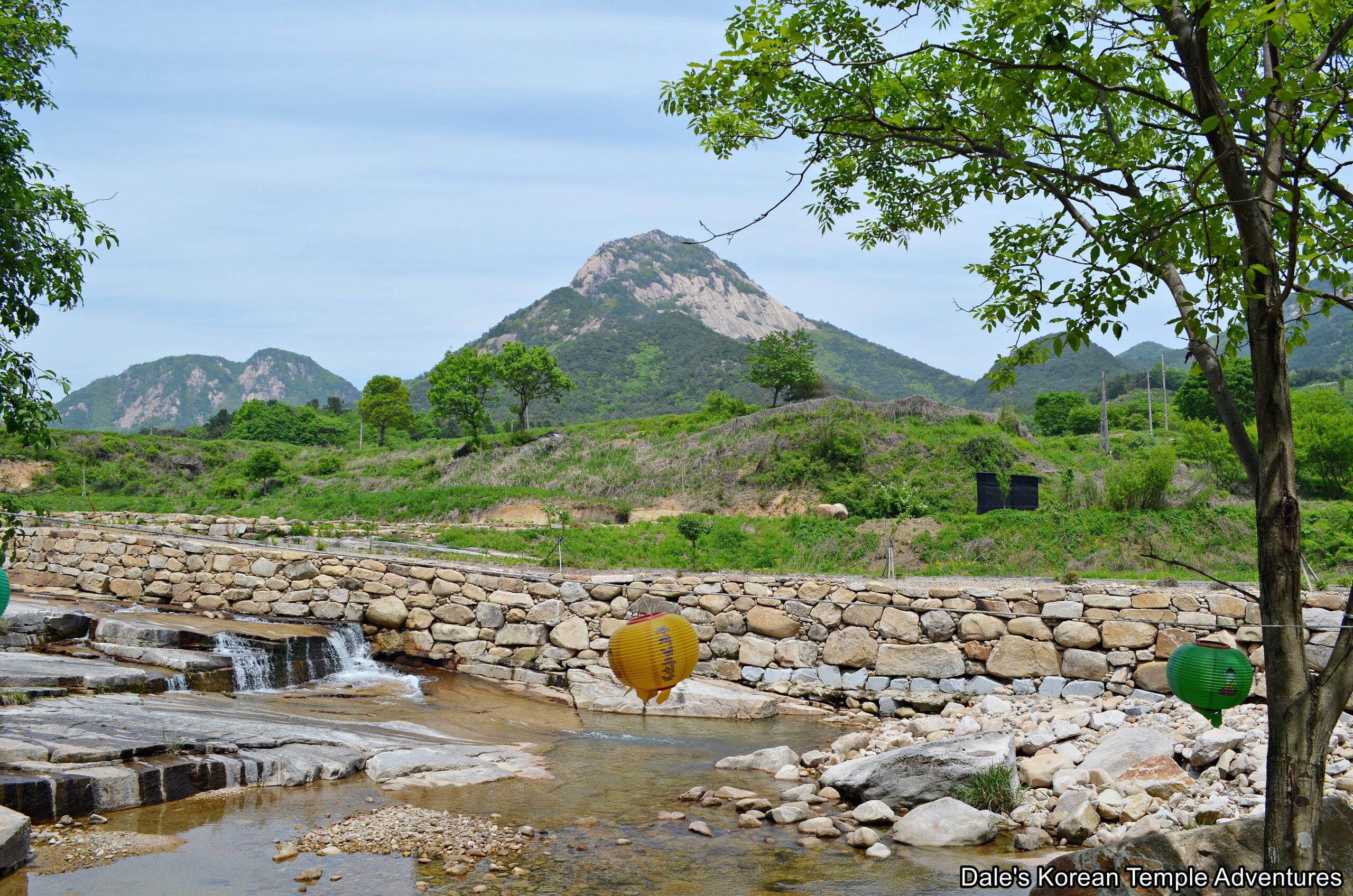
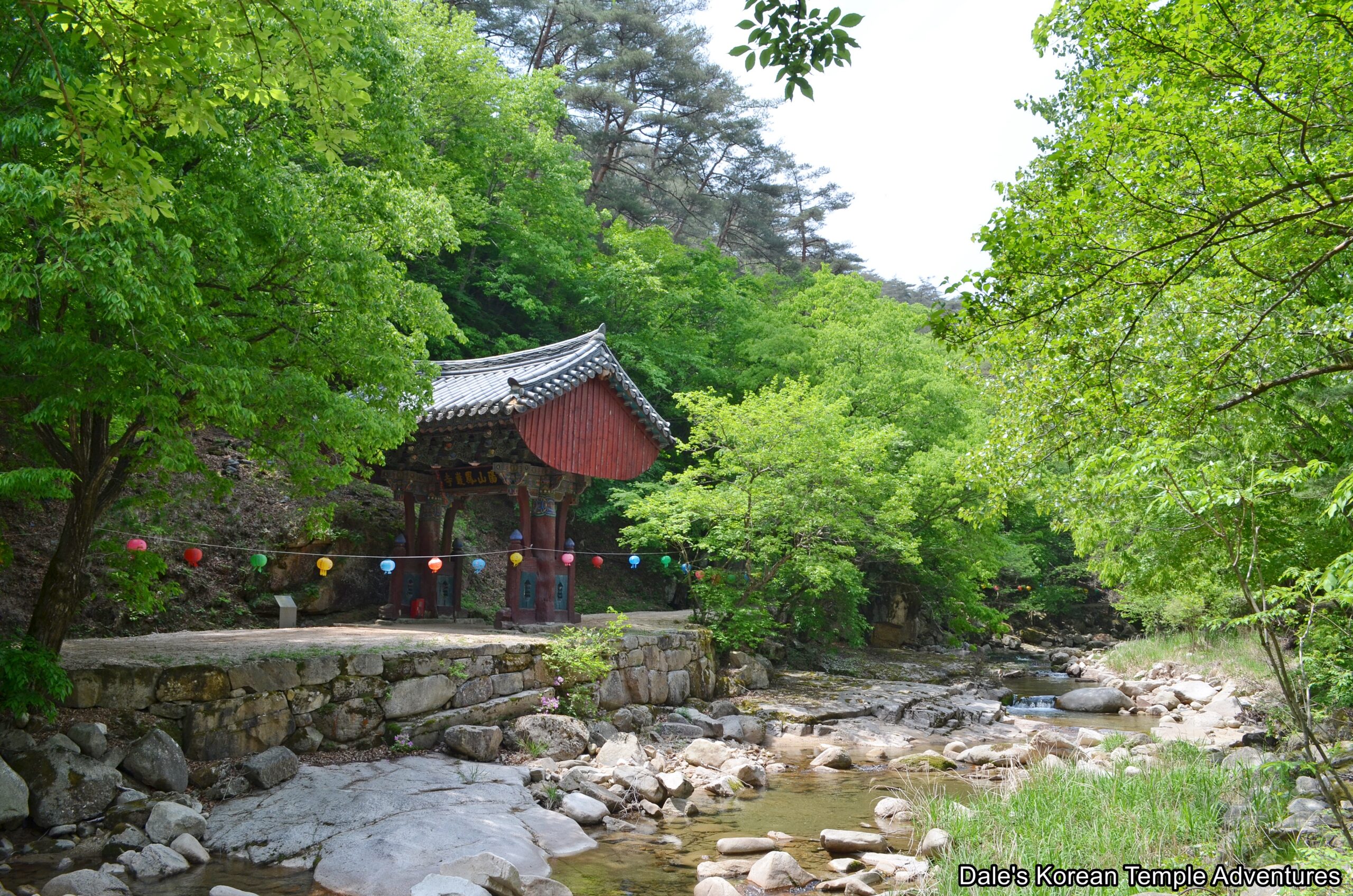

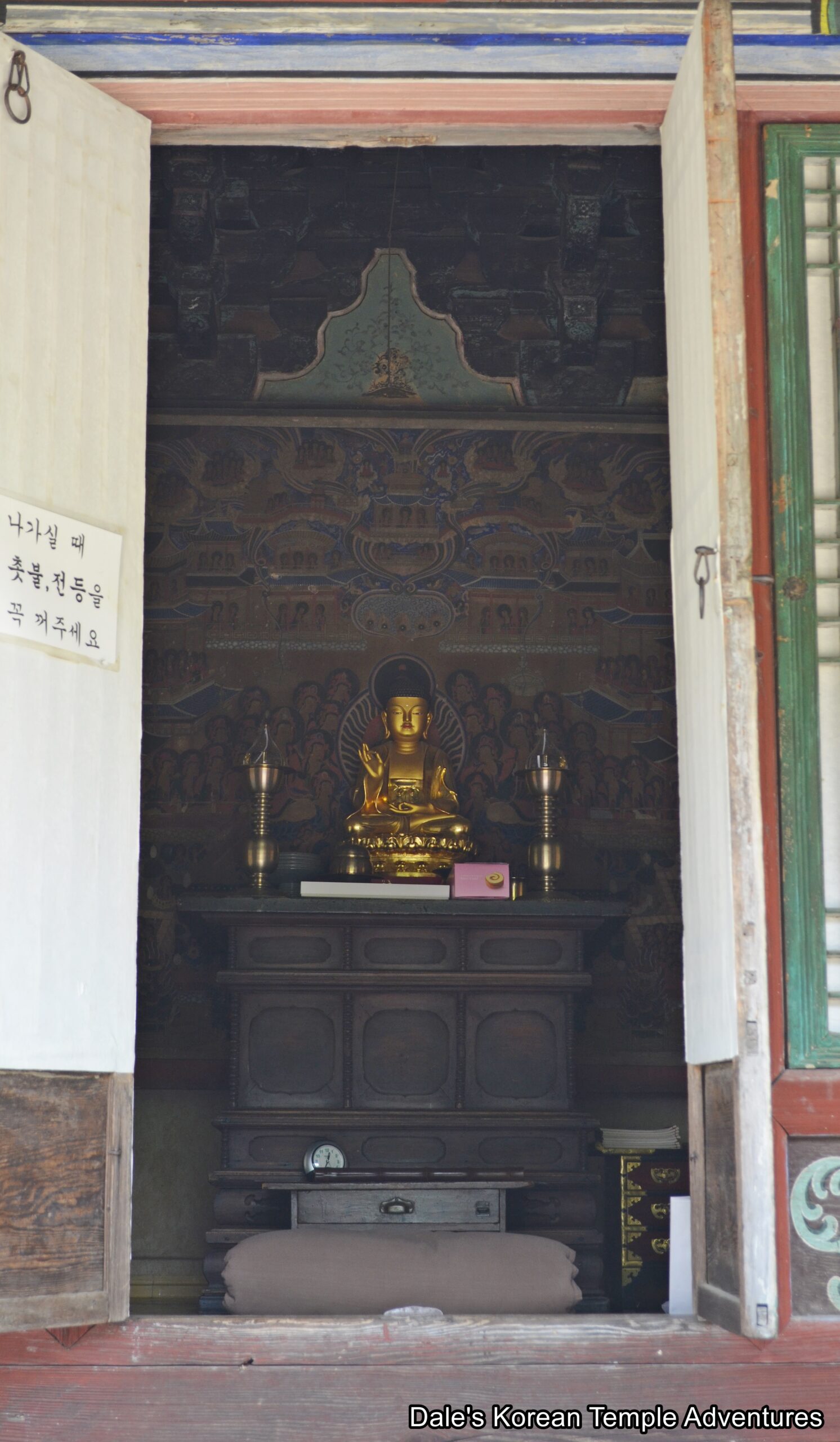
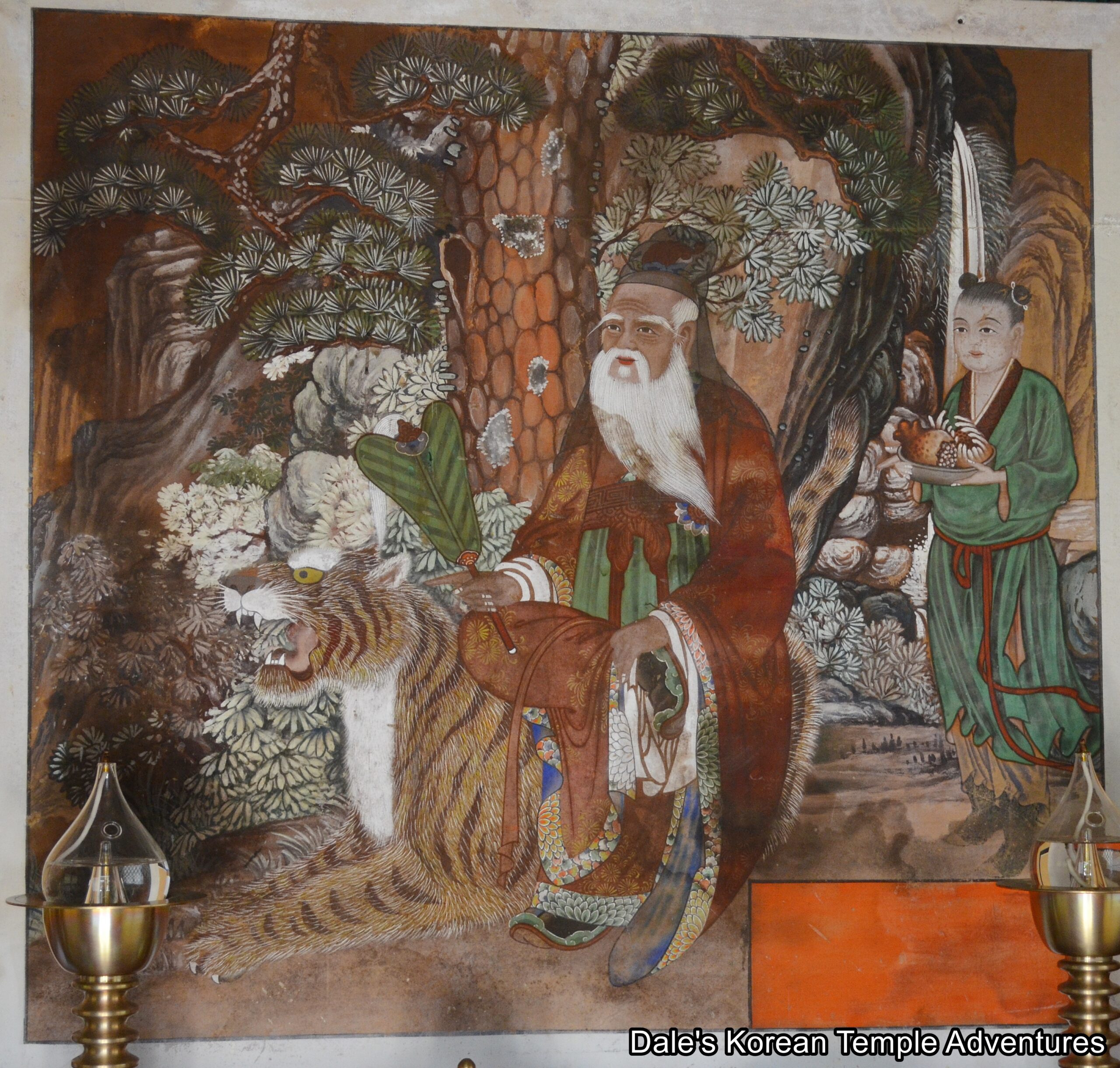
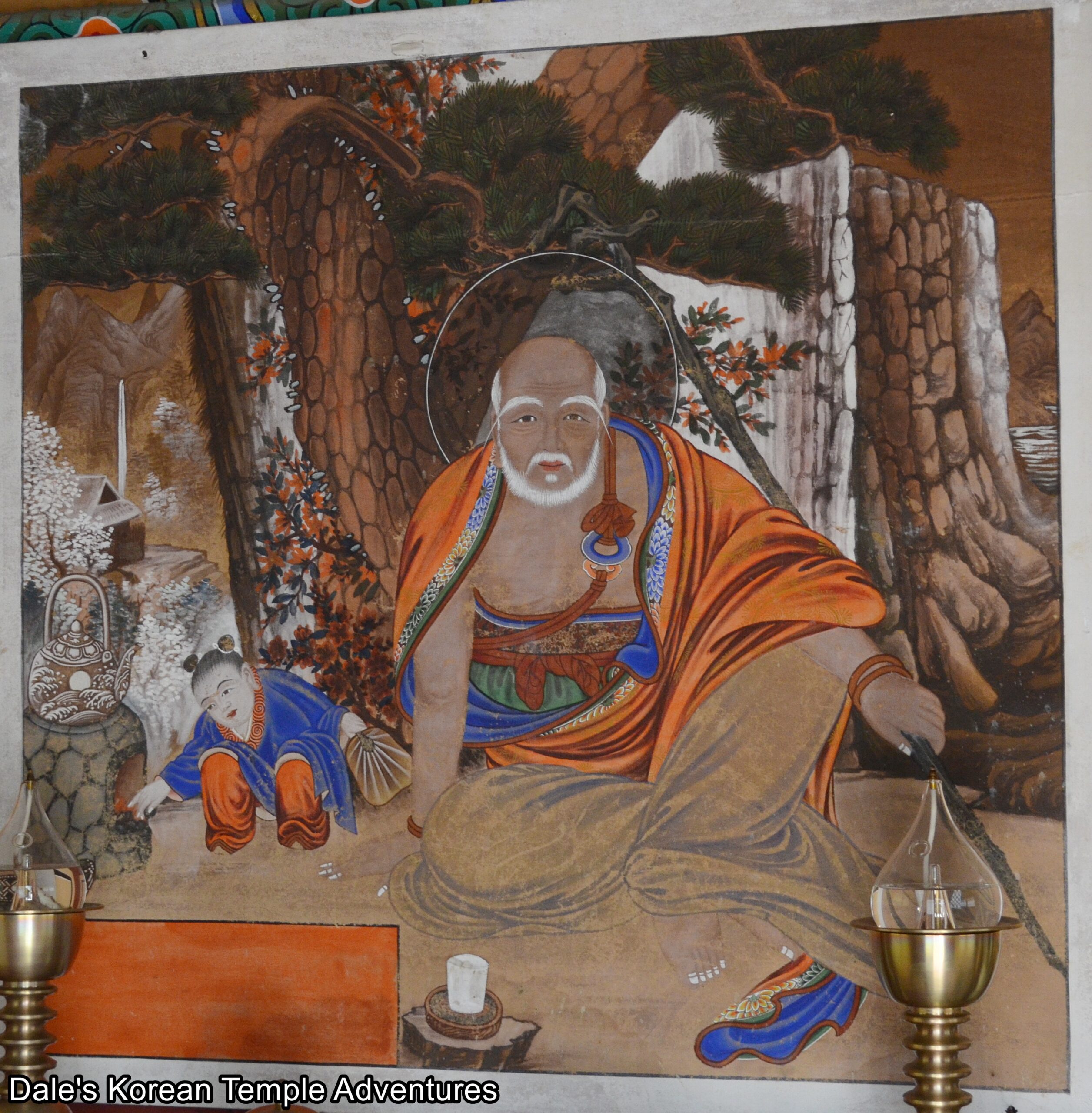

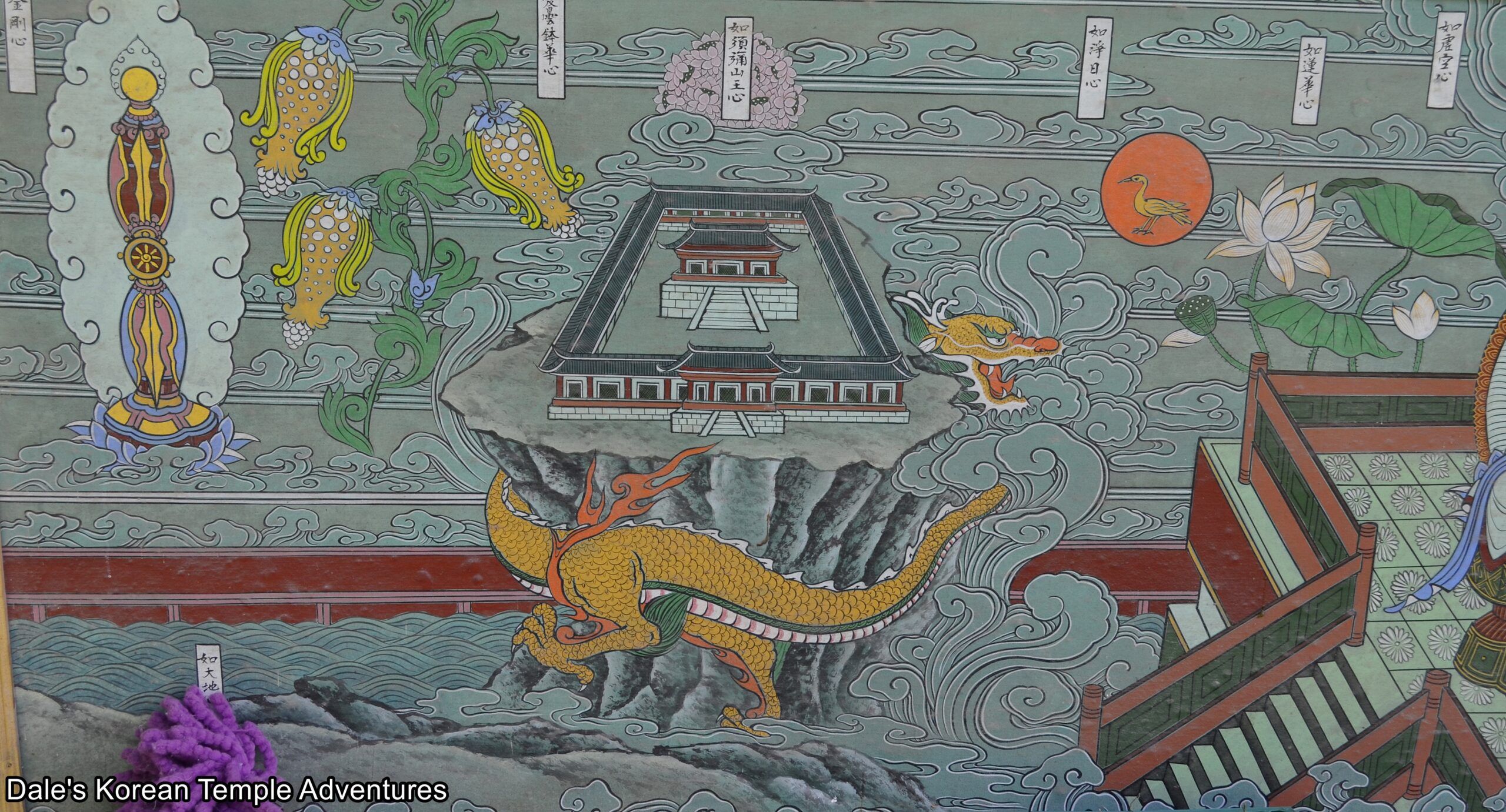
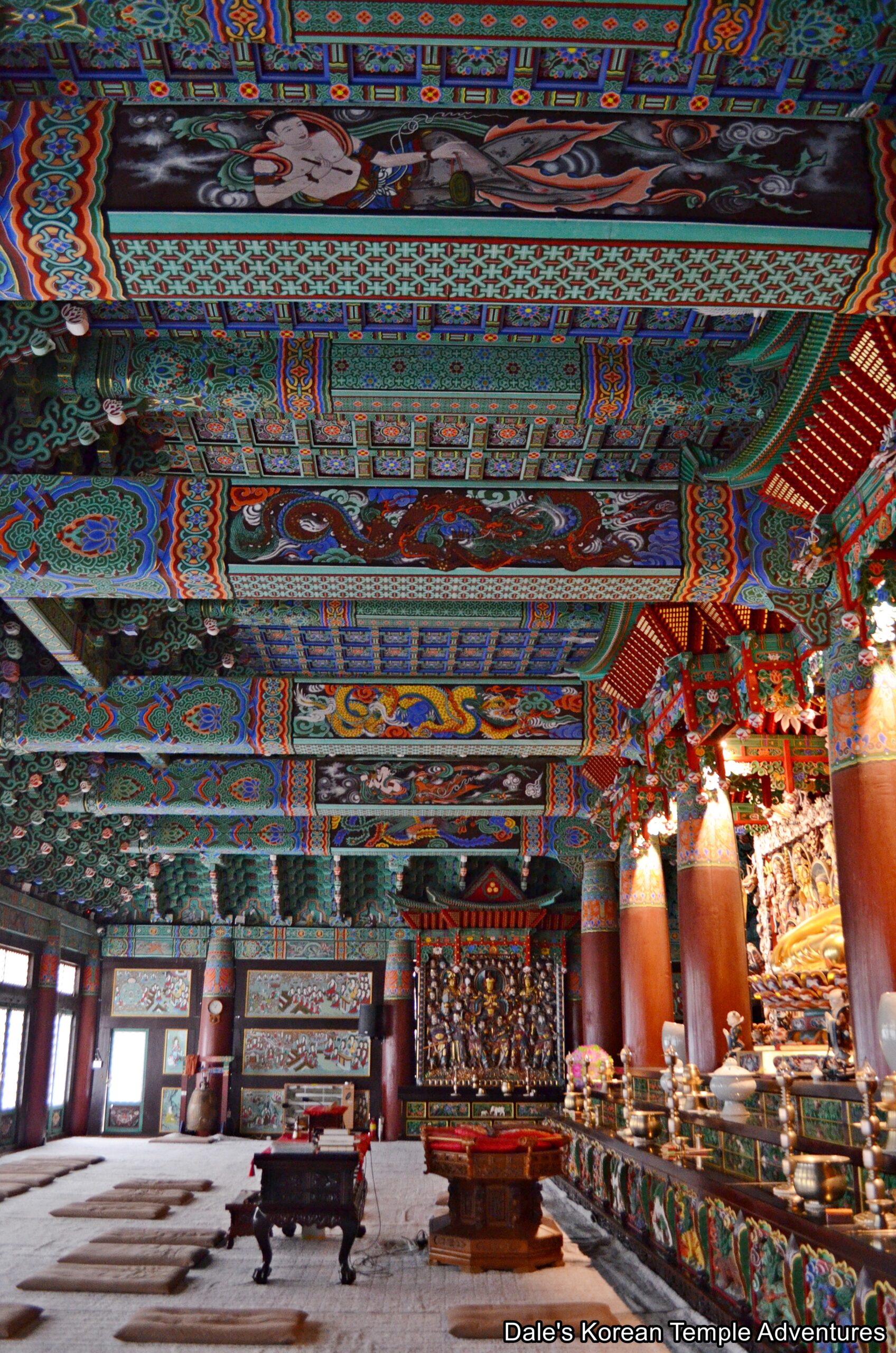
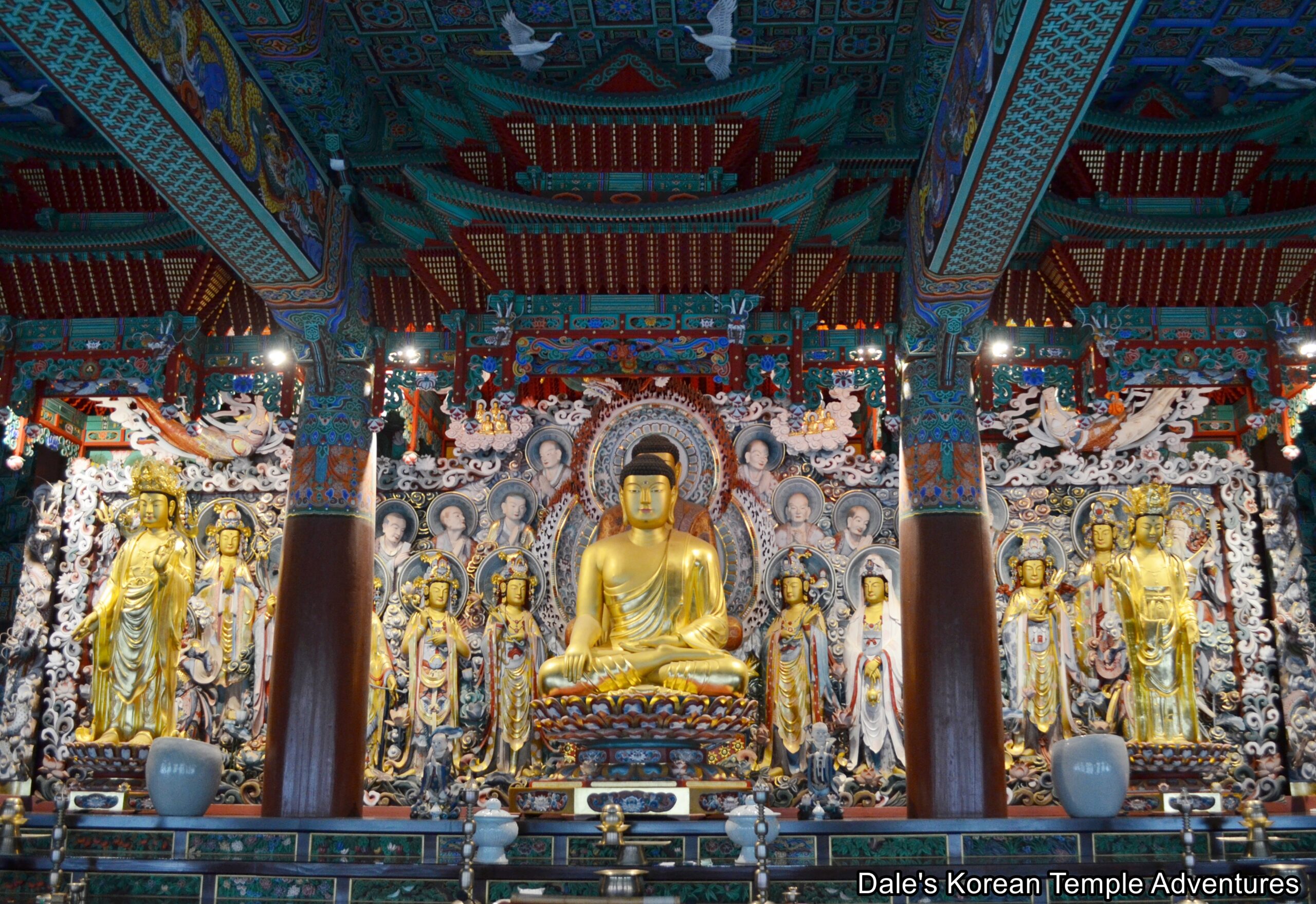

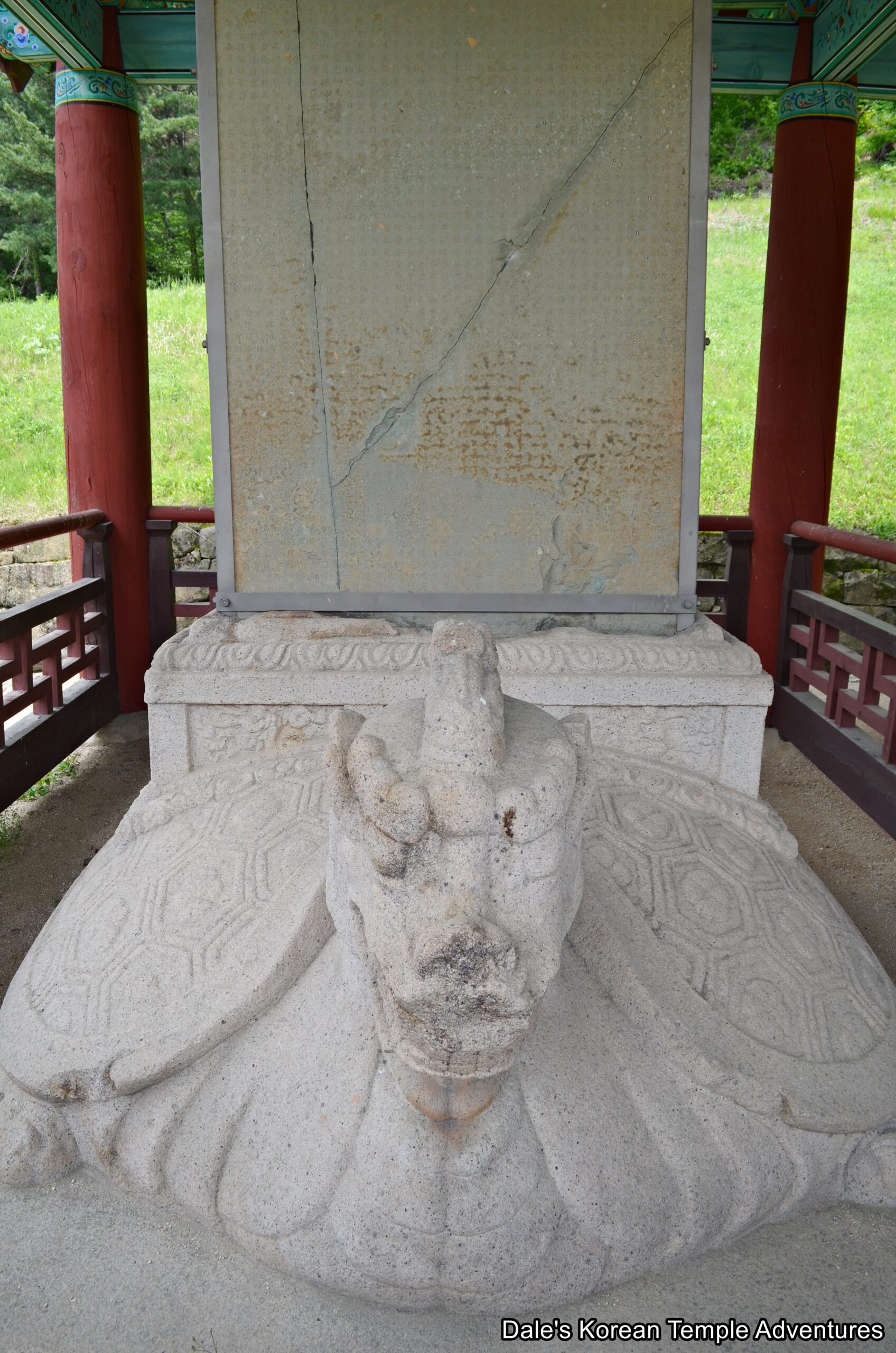
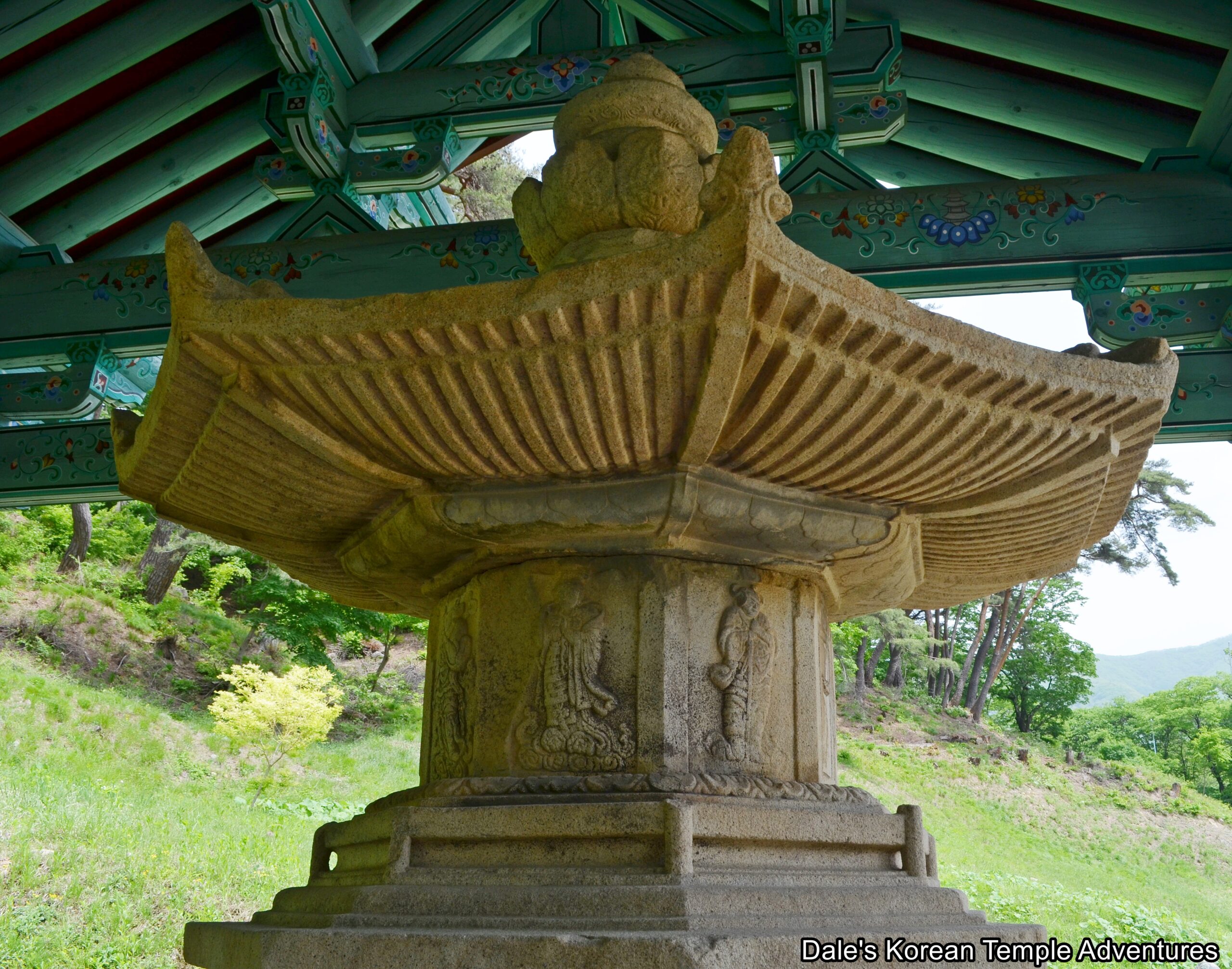
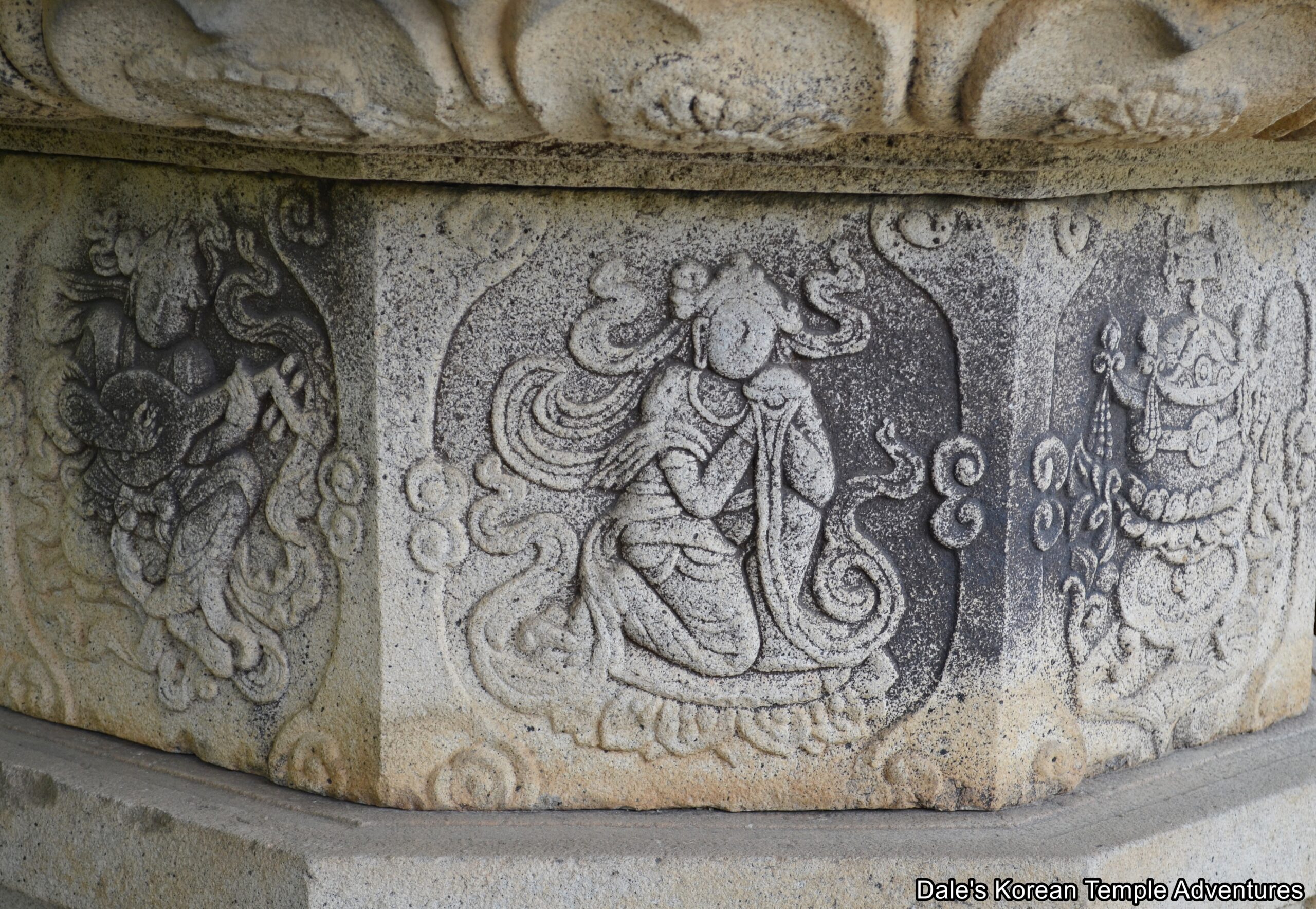
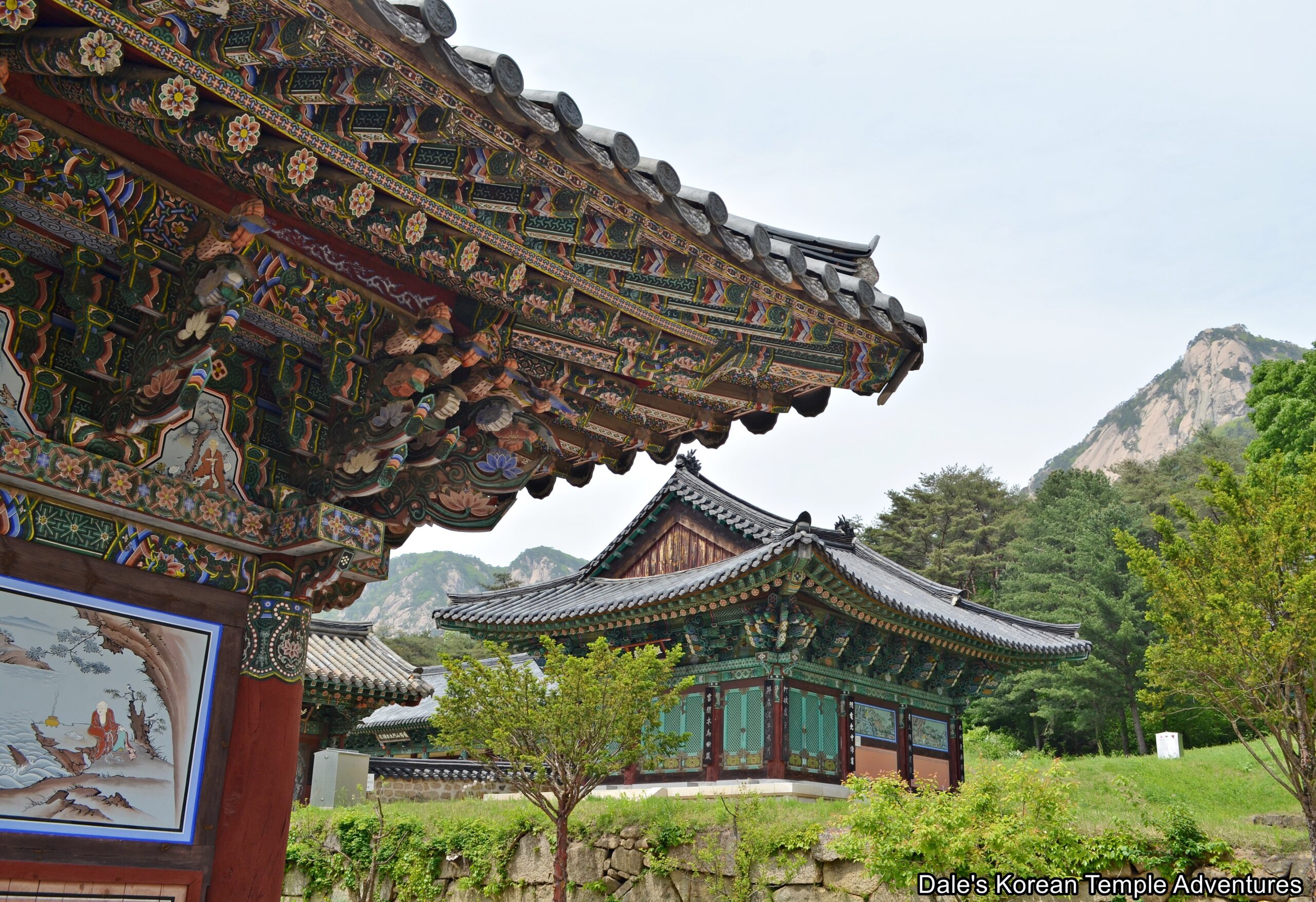


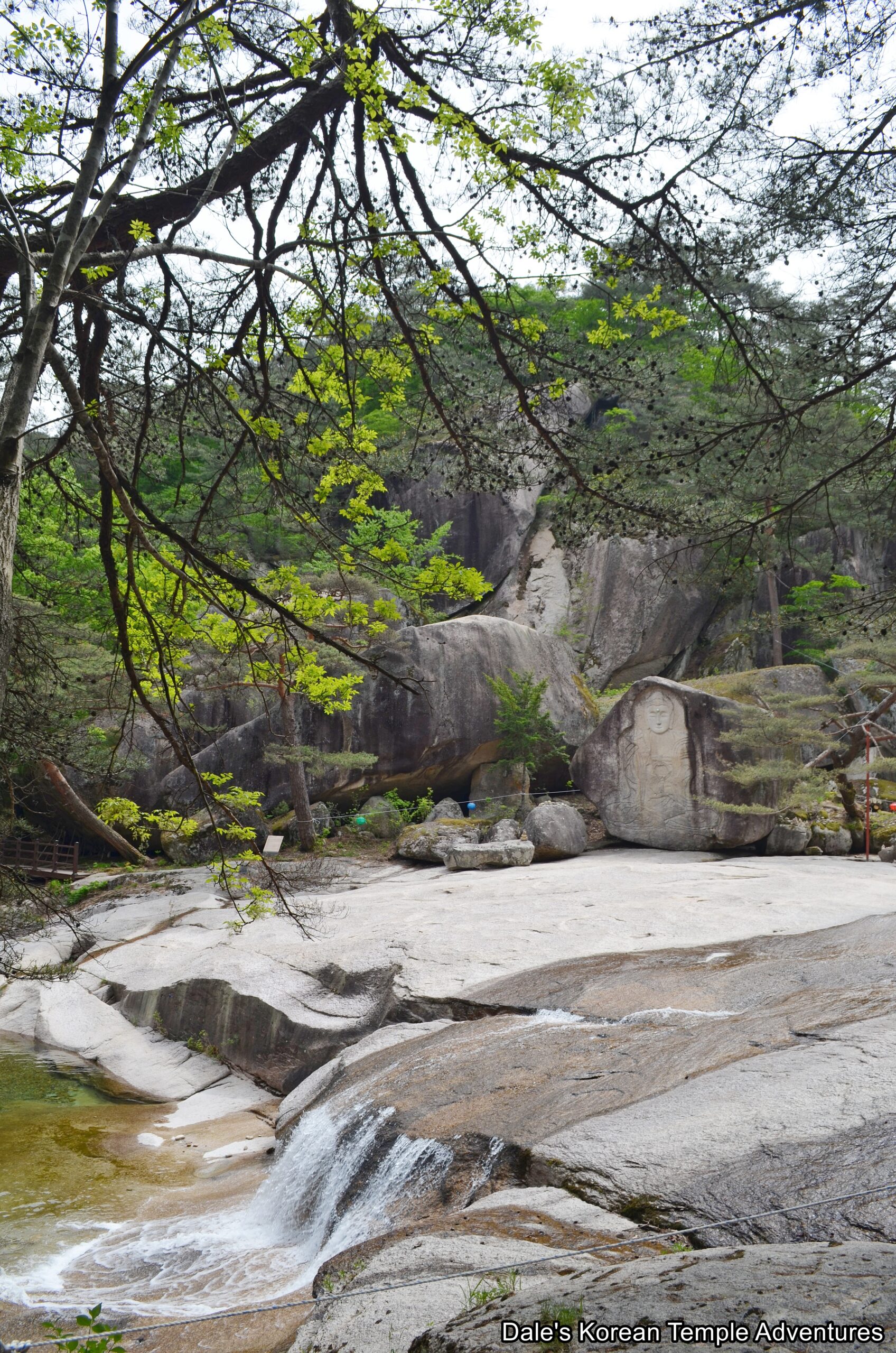

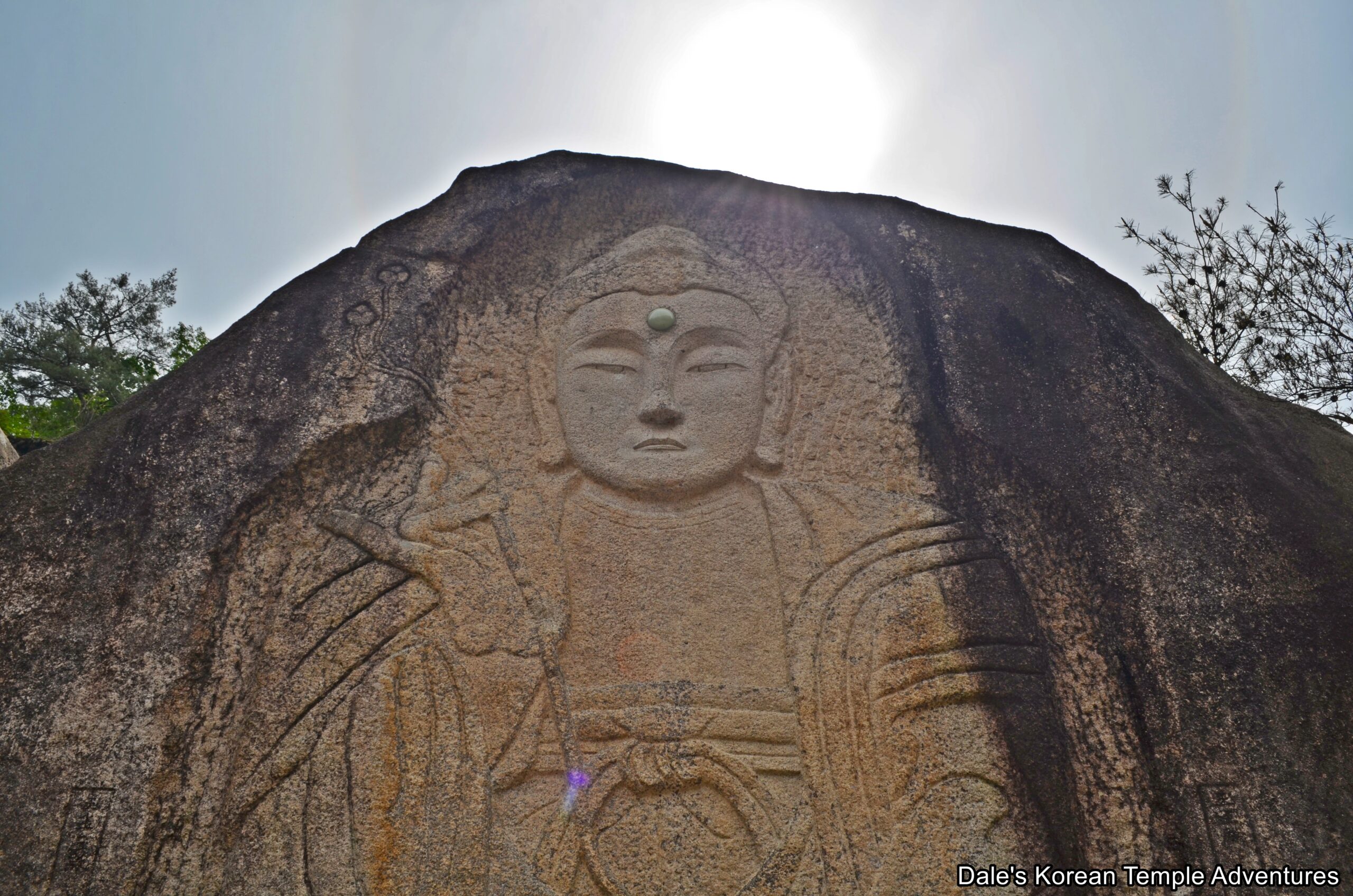


Recent comments